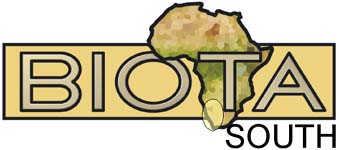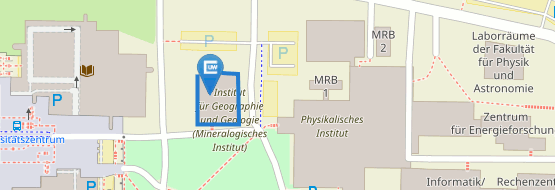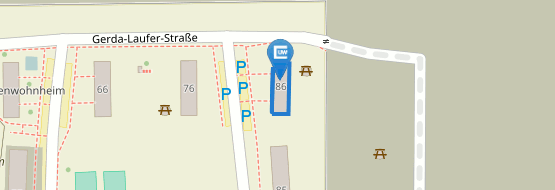BIOTA South

Biodiversity is one of the most important resources for mankind on Earth. It is the essential basis for the functioning of natural ecosystems and of great relevance and potential not only for the livelihood of the people but also for various technical and agricultural aspects of economy. There is and will be an increasing need to develop new strategies to deal with the dramatic environmental changes caused by the rapid increase in the human population and by the economic development. An adequate protection and management of biodiversity will play a key role in such strategies.
BIOTA Africa aims to create a significant contribution to the international convention on biodiversity (UNCBD) and follows the guidelines of the international biodiversity task force of the UN, DIVERSITAS. The BIOTA AFRICA project comprises over 30 sub-projects, which - in close co-operation with research institutions in a number of African countries - aim at an analysis and monitoring of the changes of biodiversity in the most important biomes of the African continent in an interdisciplinary and integrative approach. It is sponsored by the German Federal Ministry of Education and Research (BMBF).
The overall goal of BIOTA Africa is the achievement of knowledge for decision-makers for a practical, efficient and sustainable management of biodiversity, taking into account the functioning of ecosystems as well as the socio-economic framework. Feasible socio-economic land use practices will be analysed in combination with scientifically based conservation concepts in order to preserve the resource biodiversity.
BIOTA South aims at providing scientific support for conservation and sustainable use of biodiversity in Namibia and South Africa.
Within the phase I and II of the project, different reasons for ecosystem alterations in Namibia and South Africa have been assessed. Since the security of livelihoods in Southern Africa is based on intact ecosystem functioning, both, the detection of past land surface changes and the assessment of the current vegetation structure, provide key information for degradation prevention, biodiversity conservation and the development of sustainable land use systems.
The remote sensing researcher team at the University of Würzburg aims at transferring the knowledge of vegetation state and change processes which has been amassed in different local and regional investigations to larger surroundings using remote sensing techniques and remote sensing data of different scales.
A time series data archive of the Moderate Resolution Imaging Spectroradiometer (MODIS) is established for long term ecosystem monitoring comprising data from 2000 onwards.
Based on MODIS time series, information on phenology is used besides spectral and other deduced environmental parameters to develop a Vegetation Structure Map of Namibia. This map will be used as input for the generation of the New Vegetation Map of Namibia in strong cooperation with botanists from Namibia and Germany.
Vegetation dynamics and change processes are analysed and mapped on a regional level in focus areas of Namibia and South Africa. Remote sensing data of different scales, socio-economic and precipitation data will be incorporated into the study to account for the high natural variability of the southern African ecosystems.
Contact: Ursula Geßner



